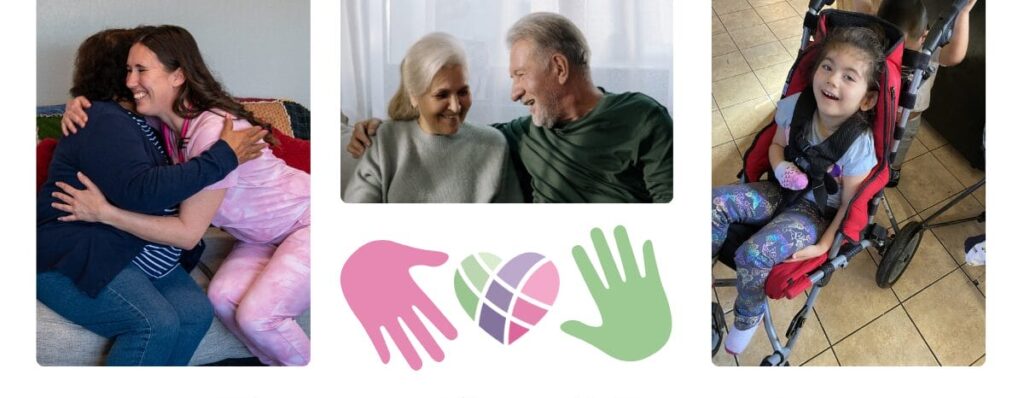5 Things You Should Know about Palliative Care for Children

Heartlinks’ pediatric palliative care program is growing and able to serve more children in Benton, Franklin and Yakima counties.
Pediatric Palliative (pal-lee-uh-tiv) care is supportive care for children with serious illnesses and their families. It is a unique type of support provided by Heartlinks that focuses on quality of life and aims to ease the symptoms, discomforts and stresses associated with serious illness while the child seeks a cure.
It can help with many illnesses in children and teenagers, including genetic and neurologic disorders, cancer, heart and lung conditions and others.
1. Pediatric Palliative care offers support to the entire family.
When a child is seriously ill, each person in the family is affected differently. Palliative care is an important source of support for families. In addition to relieving pain and other symptoms for the child, it can ease the stress on parents, siblings and grandparents who are caring for the child.
Heartlinks’ pediatric palliative care nurses and social workers can:
- Help families understand the diagnosis and communicate with health providers
- Ease the child’s pain and other symptoms
- Help with the transition from hospital to home
- Assist with accessing medical supplies and equipment
- Reduce emergency room visits
- Provide emotional support and reduce stress
- Address family concerns such as housing and safety
- Coordinate care appointments
- Explain complicated terms and care options to caregivers
- Locate community resources to help the child’s family
2. Palliative care is not the same as hospice care.
A child does not need to be in hospice to get palliative care. Hospice care focuses on a person’s final months of life, but palliative care is available at any time during a serious illness and regardless of prognosis. Some children receive palliative care for many years. Palliative care can be provided at the same time as curative treatments for an illness.
3. Palliative care is flexible.
Palliative care can help children—from newborns to age 20—at any stage of a serious illness. Palliative care works alongside the child’s primary medical care.
Families can begin getting care as soon as they learn about the illness, and it is never too early to start. Care can be provided in a hospital, clinic or at home.
Heartlinks’ palliative care team knows what services are available in the community for each family’s unique needs and preferences. We can connect families to the services they want to use.
4. Palliative care is a partnership.
Together with healthcare providers, Heartlinks works with families to develop a care plan that is right for each child and family, spending as much time as it takes to fully understand and discuss the child’s condition, care preferences and family needs.
Heartlinks’ palliative care team includes a medical director, nurses and social workers. Heartlinks’ bath aides, spiritual counselors, volunteers and grief support specialists can also be requested by the family.
5. Palliative care is not paid for by the family.
Medicaid, private insurance and donations cover the cost of palliative care. No patient is ever billed by Heartlinks for the care they receive.
Heartlinks has a large community of generous donors, making palliative care available for our patients and their families, regardless of financial ability.
What’s Next?
Anyone can make a referral for a child to receive palliative care from Heartlinks. If you know a child who may benefit from this additional supportive care, talk to their family about palliative care today.
If you have questions about Heartlinks’ pediatric palliative care program, or to make a referral, call 509-837-1676. You can also learn more here.











